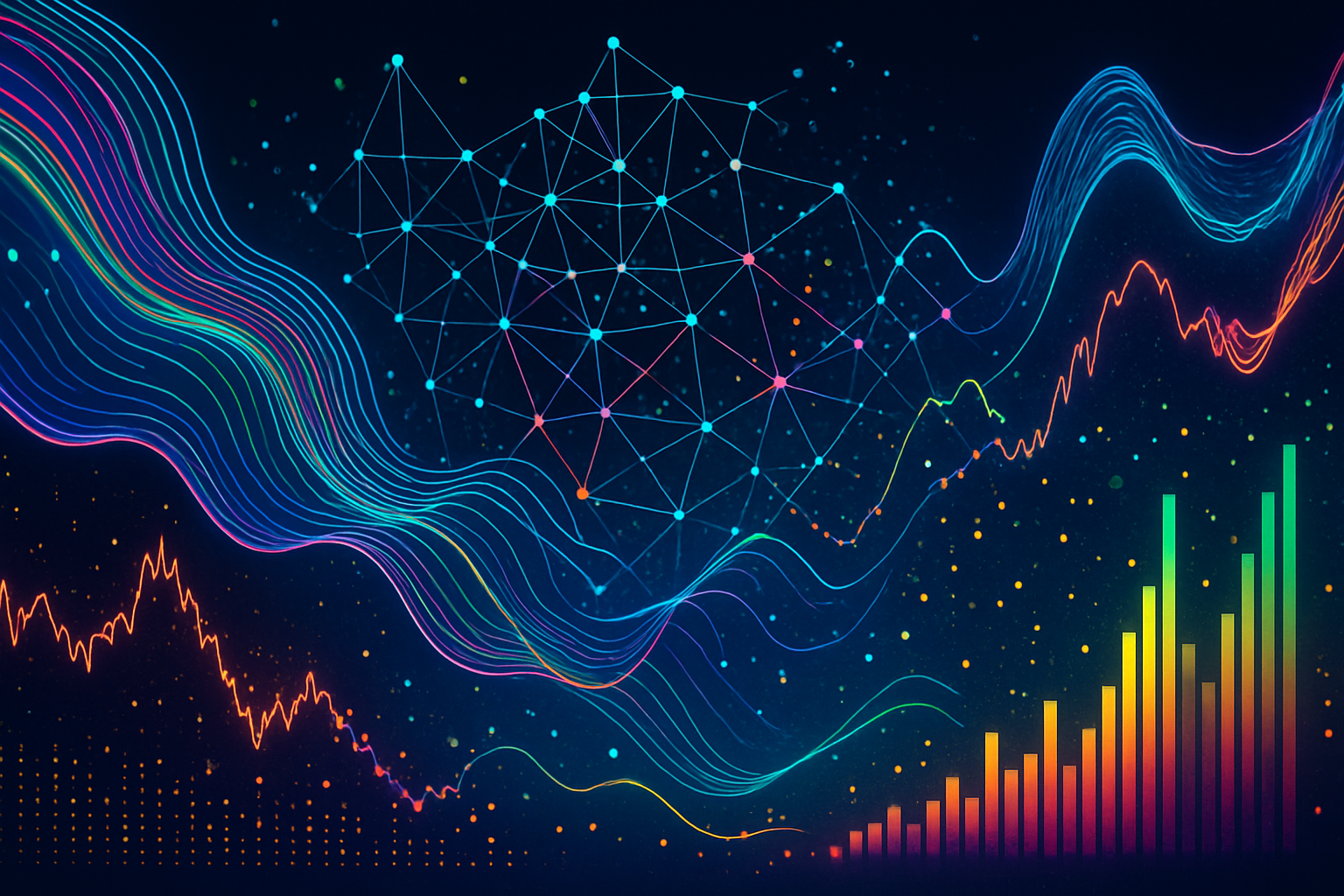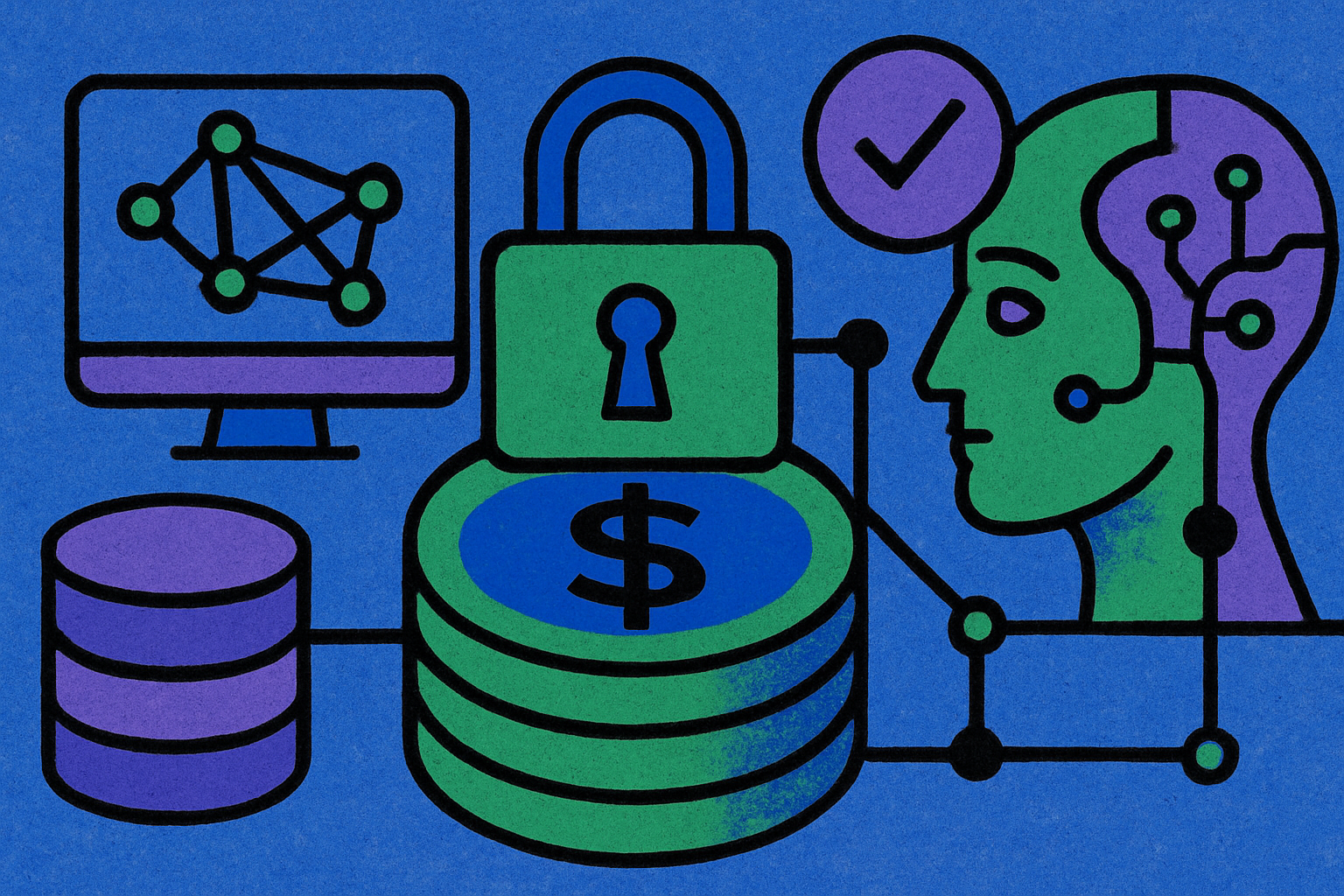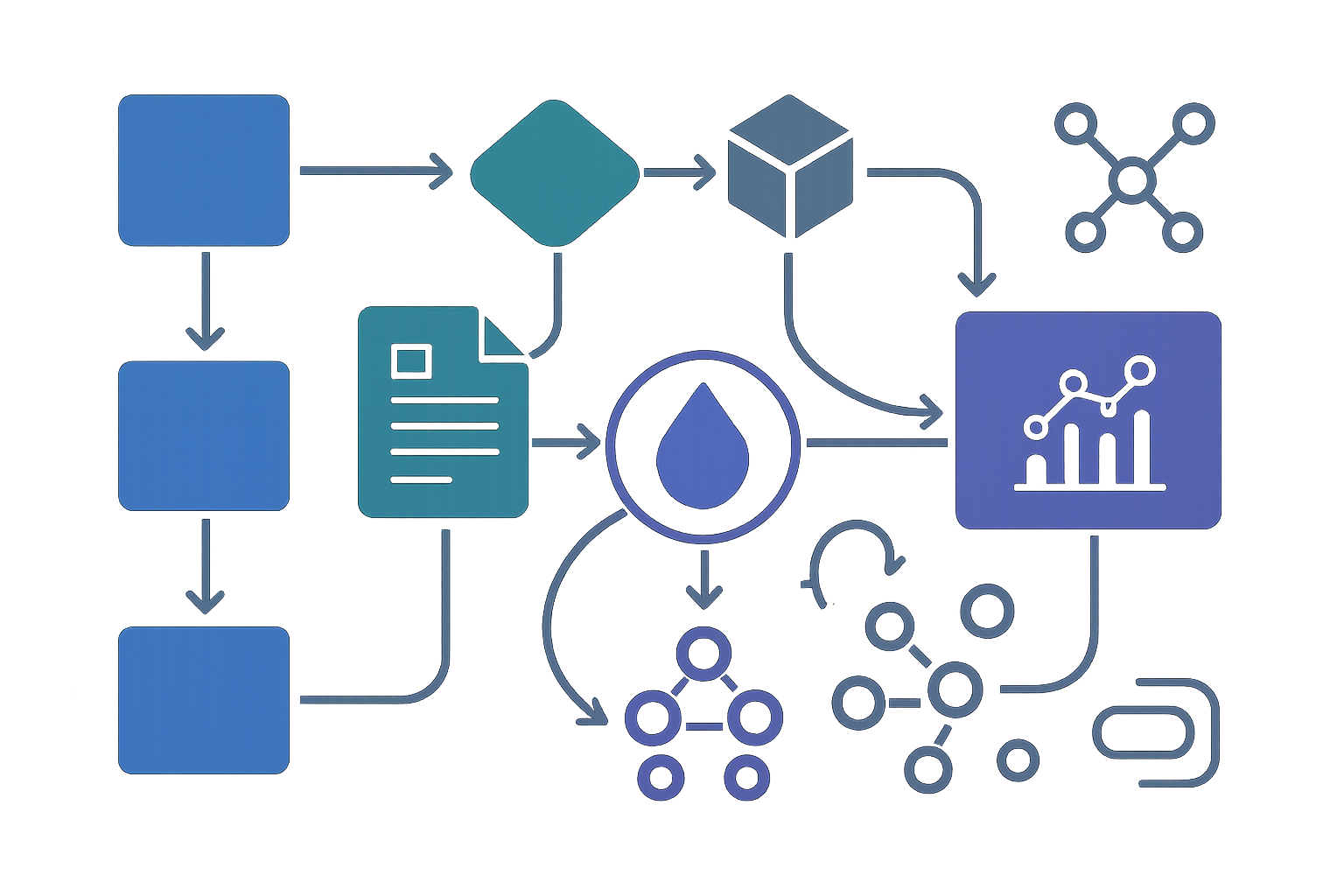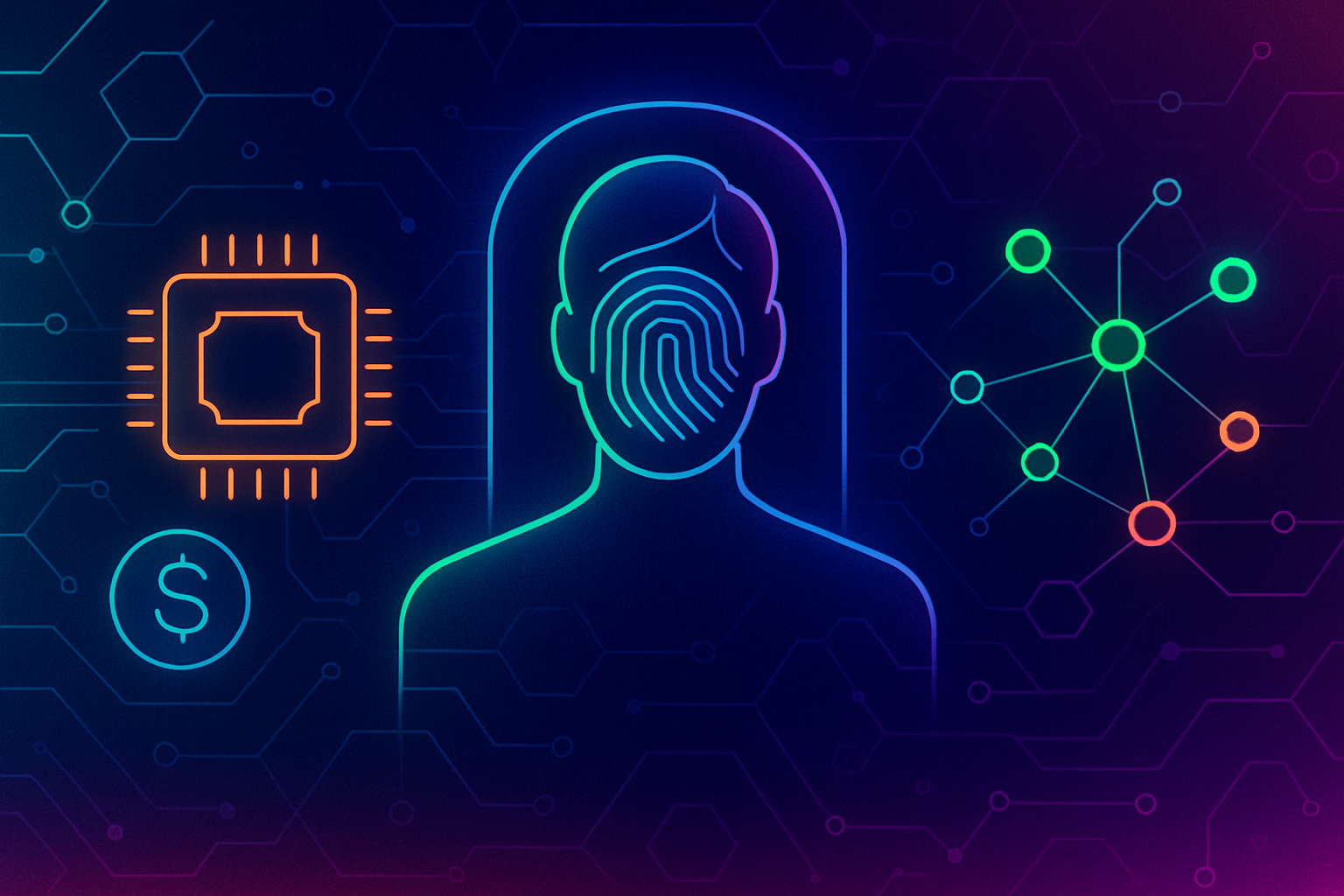
In 2025, the landscape of AI compute is being reshaped by a powerful convergence: decentralized GPU tokenization. This paradigm shift is democratizing access to high-performance compute, unlocking new investment models, and catalyzing innovation across industries. Instead of relying on centralized cloud giants or being constrained by limited local hardware, developers and enterprises can now tap into vast pools of idle GPUs worldwide, often at a fraction of traditional costs.

The Rise of Decentralized GPU Marketplaces
Traditional AI infrastructure has long been dominated by hyperscale clouds, expensive, permissioned, and often bottlenecked by supply chain constraints. In contrast, decentralized GPU marketplaces such as Render Network and Nosana are aggregating underutilized GPUs from individuals and data centers into open, permissionless networks. Their platforms allow anyone with spare compute power to monetize their hardware while enabling developers to access scalable resources for model training and inference.
This approach is not just theoretical. In January 2025, Nosana launched its decentralized GPU marketplace, connecting thousands of GPU owners with AI builders in need of compute. The result? Lower costs, dynamic capacity scaling, and a more resilient infrastructure layer for global AI innovation. For a deeper dive into how these marketplaces are disrupting the status quo, see our analysis on tokenized GPU marketplaces.
Tokenization: Turning Compute Into Yield-Generating Digital Assets
The true breakthrough lies in the tokenization of GPU assets. By fractionalizing ownership of industrial-grade GPUs, often as NFTs or fungible tokens, platforms like Compute Labs (in partnership with NexGen Cloud) have created new pathways for investment in AI infrastructure. Their $1 million public vault offering allows investors to own fractions of NVIDIA H200 GPUs and earn yields estimated at 30% per annum based on demand for AI compute.
This model not only injects capital into the rapidly growing “GAIB” (Global AI Blockchain) economy but also aligns incentives between hardware owners, investors, and end-users. Token holders can stake assets for rewards or receive service discounts when consuming compute themselves, a virtuous cycle that powers both speculative and utility-driven participation in the ecosystem.
Blockchain Integration: Supercharging Permissionless AI Infrastructure
The integration with high-throughput blockchains like Solana has been pivotal. Projects such as Render Network and Nosana migrated to Solana in 2025 to leverage its low fees and fast settlement times, critical factors for scalable task allocation across thousands of distributed GPUs. This blockchain backbone ensures transparent coordination, secure payments via smart contracts, and rapid onboarding for both hardware providers and consumers.
Meanwhile, platforms like Berkeley Compute are pushing boundaries by representing GPUs as NFTs within their decentralized framework. This not only enables transparent tracking and provenance but also streamlines the process of renting or lending compute power globally, a key enabler for sovereign AI systems built atop open infrastructure layers.
Real-World Efficiency Gains and Evolving Incentive Models
The payoff is tangible: according to io. net’s latest data, deploying workloads via decentralized networks can slash costs by up to 70% compared to AWS or other legacy providers. Monetizing idle GPUs has become a mainstream strategy for cloud hosts and even individual gamers looking to participate in the yield-generating “AI energy” market. As highlighted in recent expert commentary, tapping unused capacity brings cross-border efficiency gains while reducing centralized energy risks, a win-win for sustainability-minded enterprises.
Still, challenges persist around latency management, fair incentive alignment, and regulatory clarity. Projects are actively iterating on solutions, from advanced task routing algorithms at io. net to staking-based security models at Planck Network, to ensure robust performance as adoption accelerates.
As decentralized GPU tokenization matures, we’re seeing the emergence of robust ecosystems that not only support AI model training and inference but also unlock new forms of economic participation. Token holders can stake assets to secure networks, access service discounts, or directly contribute compute cycles, creating a multi-sided marketplace that rewards all participants. This architecture is fostering a permissionless AI infrastructure where anyone can build, deploy, or monetize at global scale.
The impact on the broader AI and crypto landscape is profound. With platforms like Planck Network enabling developers to build sovereign AI systems and tokenize infrastructure at the protocol level, we’re moving toward a future where compute is as liquid and programmable as capital itself. The convergence of blockchain coordination, NFT-based hardware representation, and yield-generating AI energy markets signals a new era for both investors and builders.
Decentralized Compute: Accessibility Meets Innovation
For enterprises and startups alike, the ability to tap into vast pools of global GPU power without upfront capex or long-term contracts is leveling the playing field. Projects such as Akash Network are offering up to $500 in GPU credits for onboarding, making experimentation frictionless for teams exploring generative AI, 3D modeling, or advanced machine learning workloads. Meanwhile, Render Network’s focus on generative AI and 3D rendering has attracted creators previously locked out by high cloud costs.
This democratization isn’t just about price, it’s about agility. Developers can now deploy models across thousands of distributed nodes within minutes, dynamically scaling resources based on real-time demand. The result: faster iteration cycles for research labs, more accessible inference for edge applications, and a foundation for truly open-source AI innovation.
Challenges Ahead, and What Comes Next
Despite these advances, several hurdles remain before decentralized GPU networks achieve full mainstream adoption. Latency-sensitive applications still require further optimization in network routing and task allocation. Aligning incentives between hardware providers (who want predictable returns) and consumers (who demand low latency) is an ongoing challenge, one that projects like io. net are tackling through novel incentive structures.
Regulatory clarity around tokenized hardware assets will also be crucial as institutional capital enters the space. As these frameworks mature in 2026 and beyond, expect new standards for transparency, compliance, and interoperability between networks.
The coming years will likely see more sophisticated staking mechanisms, where users can lock tokens against performance SLAs, as well as deeper integration with open-source frameworks that make permissionless compute seamless for any developer. For those seeking to understand how these trends are transforming cost structures and access models across industries from healthcare to finance to gaming, our technical deep dive on decentralized GPU tokenization offers actionable insights.
Ultimately, decentralized GPU tokenization has moved from theory into practice, reshaping how we think about infrastructure ownership in the age of artificial intelligence. As this ecosystem continues to evolve rapidly through 2025 and beyond, it promises not just cheaper compute but a more equitable foundation for global innovation.





